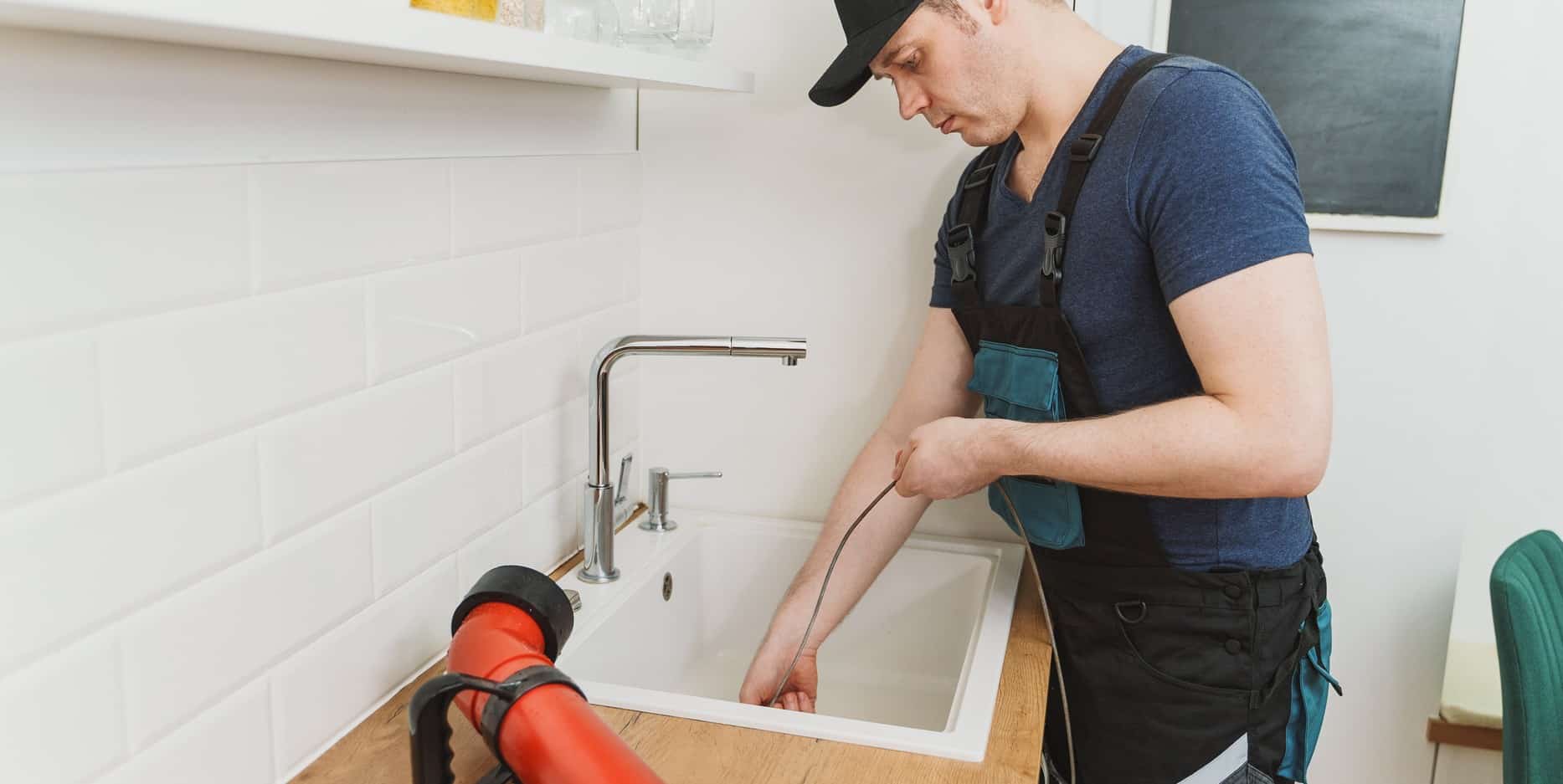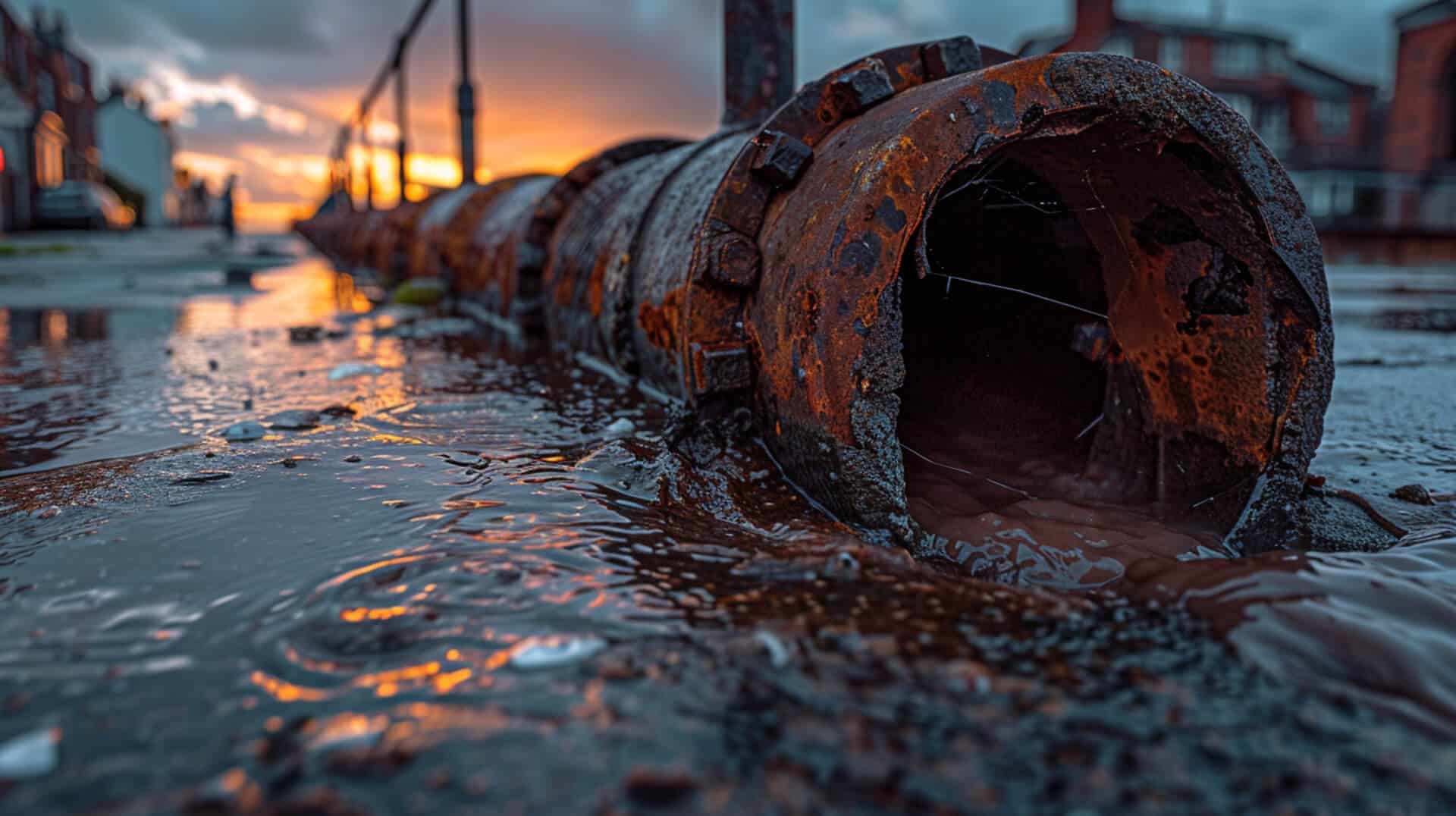 Why Children’s Bath Toys Are a Common Cause of Drain Blockages
Why Children’s Bath Toys Are a Common Cause of Drain Blockages
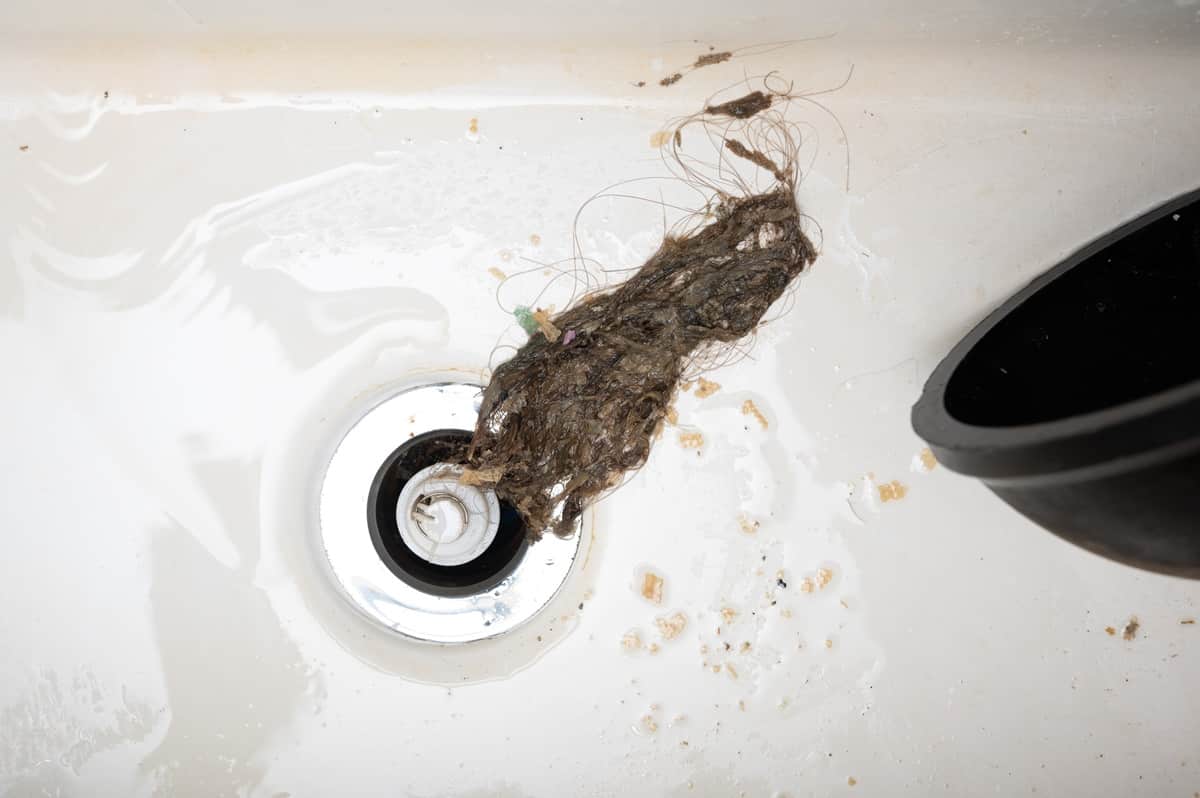
What Are the Common Causes of Blocked Drains?
Blocked drains are a common issue that can cause significant inconvenience and potential damage to property. Understanding the primary causes of blocked drains is essential for effective prevention and maintenance.
Primary Causes of Blocked Drains
Blocked drains can result from various factors, including:
- Toys: Children’s bath toys are a major cause of clogged sewer drains.
- Tree Roots: Roots can infiltrate and block sewer drains.
- Grease: Grease solidifies in pipes, leading to clogs.
- Unflushables: Items like baby wipes, sanitary products, and contraceptives should not be flushed.
- Hair: Hair accumulates with soap, forming lumps that clog drains.
- Soap Scum: Combines with hair and other debris, causing blockages.
- Food Waste: Foods like pasta and rice expand and block pipes.
- Cooking Fat and Grease: Solidifies and causes severe blockages.
- Foreign Objects: Items such as mobile phones, jewellery, and small critters can cause clogs.
- Cement: Hardens and blocks pipes.
- Cat Litter: Expands and causes blockages.
- Bath Bombs, Salts, and Oils: Residues from these products can clog drains.
- Paper Towels: Non-biodegradable and cause blockages.
- Toilet Bowl Fresheners: Can dislodge and block pipes.
- Toothpaste: Excessive use can contribute to clogs.
- Coffee Grounds: Non-dissolvable and accumulate in pipes.
- Oil: Congeals and causes blockages.
- Pasta and Rice: Expand and block pipes.
Importance of Addressing Blocked Drains Promptly
Addressing blocked drains promptly is crucial to prevent:
- Flooding: Blockages can cause water to back up and flood areas.
- Structural Damage: Persistent blockages can lead to significant structural issues.
- Health Hazards: Standing water and sewage can pose health risks.
How Children’s Bath Toys Contribute to Drain Blockages
Children’s bath toys are a common cause of blocked drains. These toys can easily be flushed or accidentally dropped into the drain, leading to blockages. The small size and shape of many bath toys make them particularly prone to getting stuck in pipes, where they can accumulate with other debris and cause significant clogs.
Guide Coverage
This guide will cover the following aspects related to blocked drains and children’s bath toys:
- Understanding how bath toys cause blockages
- Signs of a blocked drain caused by bath toys
- Preventive measures to avoid blockages
- Immediate actions for suspected blockages
- DIY solutions for unclogging drains
- Advanced tools and techniques for persistent blockages
- When to call a professional plumber
- Long-term effects of ignoring blockages
- Educational tips for children to prevent blockages
- Maintenance practices to prevent future blockages
Understanding How Children’s Bath Toys Cause Blocked Drains
Children’s bath toys can inadvertently cause significant blockages in drain systems. Understanding the mechanisms and scenarios in which these toys contribute to blockages is essential for effective prevention and resolution.
How Do Children’s Bath Toys Get Into the Drain System?
Children’s bath toys often end up in the drain system due to playful activities during bath time. Toys can be accidentally dropped or intentionally placed into the drain by curious children. Over time, these toys can move deeper into the plumbing system, leading to blockages.
What Types of Bath Toys Are Most Likely to Cause Blockages?
Certain types of bath toys are more prone to causing blockages:
- Small Toys: Items like rubber ducks, small figurines, and toy cars can easily fit into drain openings.
- Floating Toys: Toys designed to float on water can be pushed into the drain by water flow.
- Soft Toys: Sponges and foam toys can expand and become lodged in pipes.
Common Scenarios Where Bath Toys Block Drains
Several scenarios can lead to bath toys blocking drains:
- Accidental Dropping: Toys can slip from a child’s hand and fall into the drain.
- Intentional Placement: Children may place toys into the drain out of curiosity or playfulness.
- Water Flow: The movement of water can push toys further into the plumbing system, exacerbating blockages.
Interaction with Other Debris
Bath toys can interact with other types of debris to create more severe blockages:
- Hair and Soap Scum: Toys can trap hair and soap scum, forming larger clogs.
- Food Particles: In kitchen sinks, toys can combine with food particles, leading to blockages.
- Grease and Fat: In some cases, toys can become coated with grease or fat, making them more likely to stick to pipe walls.
Understanding these factors can help in identifying and preventing blockages caused by children’s bath toys.
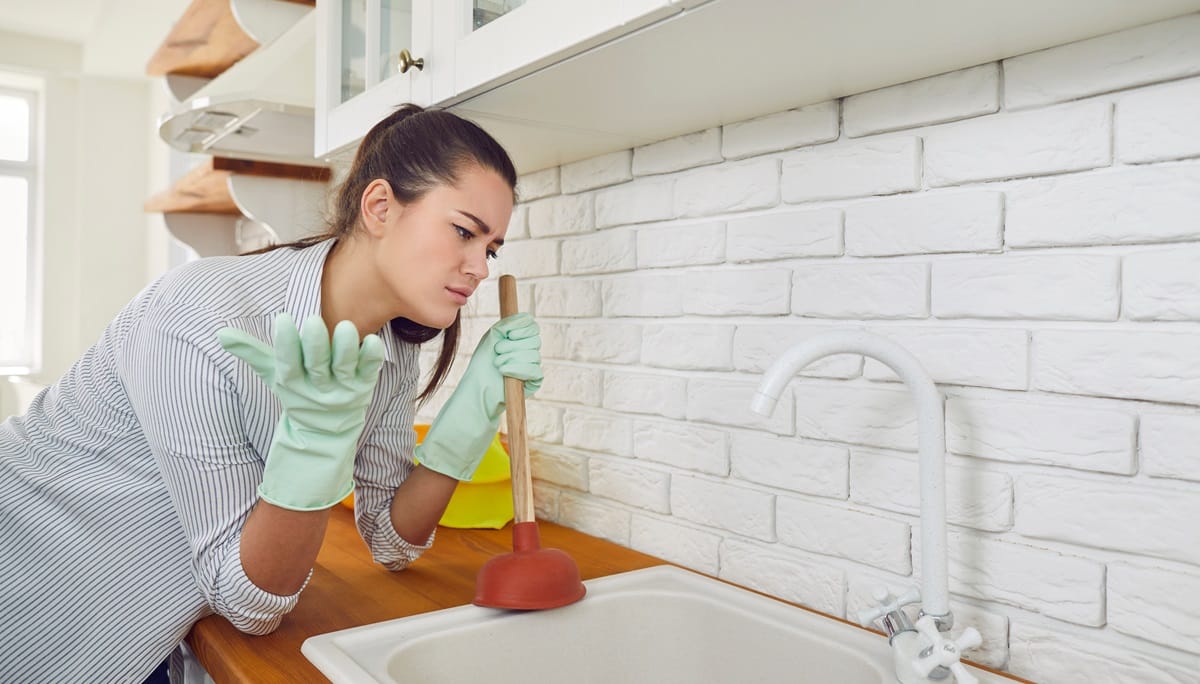
Signs of a Blocked Drain Caused by Bath Toys
Blocked drains can cause significant inconvenience and potential damage. Identifying the signs early can help mitigate these issues. This section outlines the early indicators, identification methods, symptoms of severe blockages, and the overall impact on the plumbing system.
Early Signs of a Drain Blockage
Recognising the early signs of a drain blockage can prevent more severe issues:
- Slow Drainage: Water takes longer to drain from sinks, bathtubs, or showers.
- Gurgling Noises: Unusual sounds coming from the drain, indicating trapped air.
- Standing Water: Water pooling around the drain area.
- Unpleasant Odours: Foul smells emanating from the drain.
Identifying Bath Toys as the Cause
Determining if bath toys are the cause of the blockage involves:
- Visual Inspection: Checking the drain for visible toys or parts of toys.
- Questioning Recent Activities: Considering if children have recently played with toys near the drain.
- Partial Blockage Symptoms: Noting if the blockage is intermittent, which can indicate a toy moving within the pipe.
Symptoms of a Severe Blockage
Severe blockages present more pronounced symptoms:
- Complete Drainage Failure: Water does not drain at all.
- Backflow: Water or sewage backing up into sinks, bathtubs, or toilets.
- Multiple Blocked Drains: Blockages occurring in multiple fixtures simultaneously.
- Persistent Odours: Strong, continuous foul smells.
Impact on the Overall Plumbing System
Blocked drains can affect the entire plumbing system:
- Increased Pressure: Blockages cause pressure build-up, potentially leading to pipe damage.
- Water Damage: Overflowing water can damage floors, walls, and fixtures.
- Health Hazards: Standing water and sewage backflow pose health risks.
- Costly Repairs: Ignoring blockages can lead to expensive repairs and replacements.
Understanding these signs and symptoms can help property owners, business owners, and facility managers take timely action to address and prevent blockages caused by children’s bath toys.
Preventing Blockages from Children’s Bath Toys
Preventing blockages caused by children’s bath toys is essential for maintaining a functional plumbing system. Implementing preventative measures, using appropriate tools, and educating children can significantly reduce the risk of blockages.
Preventative Measures to Avoid Blockages
Several preventative measures can be taken to avoid blockages from children’s bath toys:
- Supervision: Monitor children during bath time to ensure toys do not enter the drain.
- Proper Storage: Store bath toys in a designated area away from the drain.
- Regular Cleaning: Clean toys regularly to prevent the buildup of soap scum and debris.
How Drain Covers and Stoppers Help
Drain covers and stoppers are effective tools for preventing toys from entering the drain:
- Drain Covers: Mesh or perforated covers can catch toys and other debris before they enter the drain.
- Stoppers: Use stoppers to block the drain when not in use, preventing toys from being pushed into the plumbing system.
Educational Tips for Children
Educating children on the importance of keeping toys out of the drain can prevent blockages:
- Explain the Consequences: Teach children how toys can cause blockages and the problems that arise from them.
- Set Rules: Establish clear rules about not placing toys near or in the drain.
- Positive Reinforcement: Use positive reinforcement to encourage children to follow the rules.
Frequency of Drain Inspections and Maintenance
Regular inspections and maintenance are crucial for preventing blockages:
- Monthly Inspections: Check drains monthly for any signs of blockages or slow drainage.
- Seasonal Maintenance: Perform thorough cleaning and maintenance at the start of each season to remove any accumulated debris.
- Professional Inspections: Schedule professional inspections annually to ensure the plumbing system is in good condition.
By implementing these preventative measures, using appropriate tools, and educating children, property owners, business owners, and facility managers can effectively prevent blockages caused by children’s bath toys.
Immediate Actions for Suspected Blockages
When a blockage caused by children’s bath toys is suspected, taking immediate action is crucial to prevent further complications. This section outlines the steps to take, safe removal methods, risks of ignoring the issue, and when to seek professional help.
What Should You Do If You Suspect a Blockage Caused by Bath Toys?
If you suspect a blockage caused by bath toys, follow these steps:
- Stop Using the Affected Drain: Cease using the drain to prevent exacerbating the blockage.
- Inspect the Drain: Look for visible toys or debris near the drain opening.
- Gather Tools: Prepare basic tools such as a plunger, wire hanger, or drain snake.
How Can You Safely Remove Visible Toys from the Drain?
Removing visible toys from the drain can be done safely using the following methods:
- Plunger: Use a plunger to create suction and dislodge the toy.
- Wire Hanger: Straighten a wire hanger and create a small hook at the end to fish out the toy.
- Drain Snake: Insert a drain snake into the pipe to retrieve the toy.
What Are the Risks of Ignoring a Suspected Blockage?
Ignoring a suspected blockage can lead to several risks:
- Worsening Blockage: The blockage can become more severe, leading to complete drainage failure.
- Water Damage: Overflowing water can cause damage to floors, walls, and fixtures.
- Health Hazards: Standing water and sewage backflow pose health risks.
- Increased Repair Costs: Delaying action can result in more extensive and costly repairs.
When Should You Escalate the Issue to a Professional?
Escalate the issue to a professional plumber if:
- DIY Methods Fail: If initial attempts to clear the blockage are unsuccessful.
- Severe Symptoms: Signs such as complete drainage failure, backflow, or multiple blocked drains.
- Persistent Odours: Continuous foul smells indicating a deeper issue.
- Recurring Blockages: Frequent blockages suggest underlying problems that require professional assessment.
By following these steps and knowing when to seek professional help, property owners, business owners, and facility managers can effectively address and prevent blockages caused by children’s bath toys.
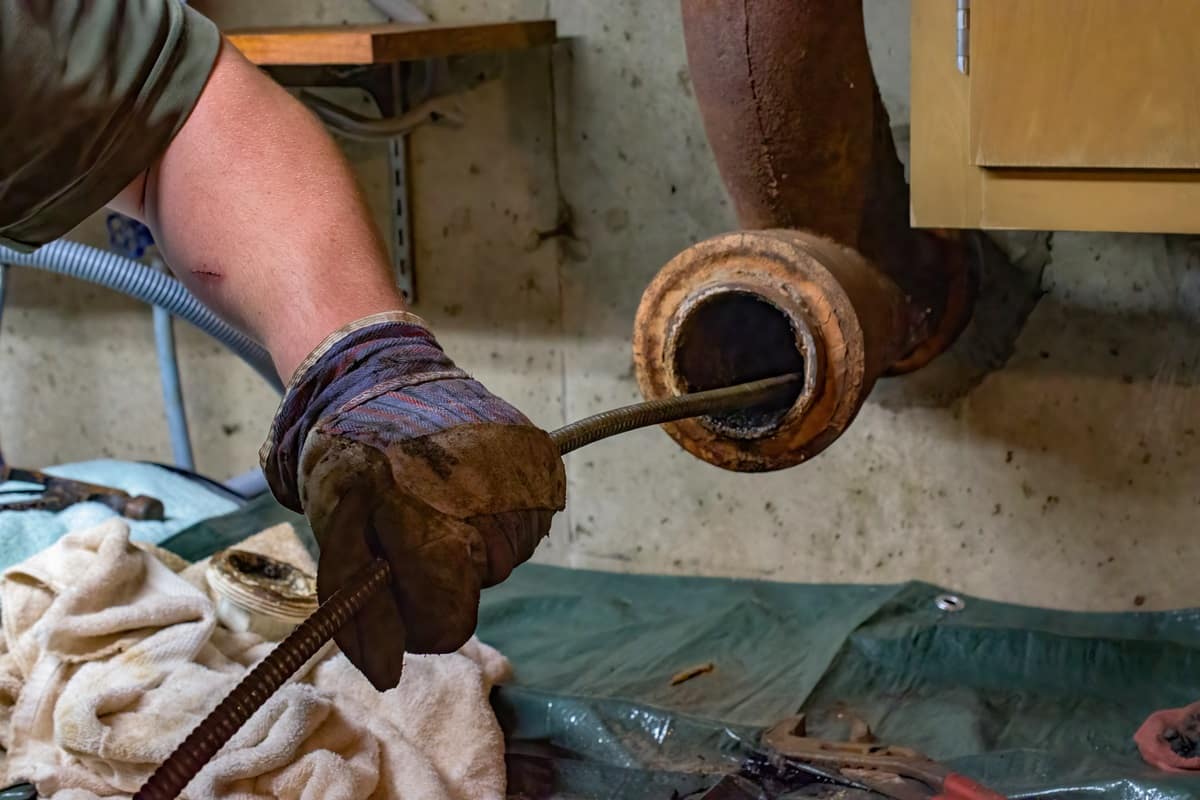
DIY Solutions for Unclogging Drains
When dealing with a blocked drain caused by children’s bath toys, several DIY solutions can be effective. This section outlines the tools and methods that can be used to address minor clogs.
Effective Tools for DIY Unclogging
Several tools are commonly used for DIY unclogging:
- Plunger: A basic tool for creating suction to dislodge blockages.
- Wire Hanger: A simple tool that can be fashioned into a hook to retrieve objects.
- Baking Soda and Vinegar: A natural solution for minor clogs.
Using a Plunger to Clear Blockages
A plunger can be an effective tool for clearing blockages:
- Position the Plunger: Place the plunger over the drain, ensuring a tight seal.
- Create Suction: Push down and pull up the plunger rapidly to create suction.
- Check for Results: Remove the plunger and check if the water drains properly.
The Wire Hanger Method
The wire hanger method involves using a straightened wire hanger to retrieve objects:
- Prepare the Hanger: Straighten a wire hanger and create a small hook at one end.
- Insert the Hanger: Carefully insert the hooked end into the drain.
- Retrieve the Object: Use the hook to fish out the toy or debris causing the blockage.
Effectiveness of Baking Soda and Vinegar Mixes
Baking soda and vinegar can be used for minor clogs:
- Pour Baking Soda: Pour a cup of baking soda into the drain.
- Add Vinegar: Follow with a cup of vinegar, allowing the mixture to fizz.
- Flush with Hot Water: After 15 minutes, flush the drain with hot water to clear the clog.
These DIY methods can be effective for minor blockages, providing a quick and cost-effective solution for property owners, business owners, and facility managers.
Advanced Tools and Techniques for Persistent Blockages
Persistent blockages often require advanced tools and techniques to resolve effectively. This section outlines the use of plumbing snakes and augers, the vacuum suction technique, the benefits of using a drain camera, and the application of high-pressure water jetting.
Plumbing Snakes and Augers
Plumbing snakes and augers are essential tools for addressing stubborn blockages:
- Plumbing Snake: A flexible, slender tool that can navigate through pipes to dislodge or retrieve blockages.
- Auger: A more robust version of a plumbing snake, often motorised, designed to break up or remove severe blockages.
Usage:
- Insert the Tool: Carefully insert the snake or auger into the drain.
- Navigate the Pipe: Manoeuvre the tool through the pipe to reach the blockage.
- Dislodge or Retrieve: Use the tool to break up or pull out the blockage.
Vacuum Suction Technique
The vacuum suction technique involves using a wet/dry vacuum to remove blockages:
- Seal the Drain: Create a tight seal around the drain opening.
- Apply Suction: Turn on the vacuum to create suction, pulling the blockage out of the pipe.
- Check Results: Inspect the drain to ensure the blockage has been removed.
Benefits of Using a Drain Camera
A drain camera provides a visual inspection of the plumbing system:
- Identification: Helps identify the exact location and nature of the blockage.
- Assessment: Allows for a thorough assessment of the pipe’s condition.
- Precision: Enables precise targeting of the blockage, reducing the need for extensive pipework.
High-Pressure Water Jetting
High-pressure water jetting is an effective method for clearing severe blockages:
- Insert the Jetting Hose: Insert the hose into the drain.
- Apply High Pressure: Use high-pressure water to break up and flush out the blockage.
- Inspect the Drain: Ensure the blockage has been completely cleared.
These advanced tools and techniques provide effective solutions for persistent blockages, ensuring the plumbing system remains functional and efficient.

When to Call a Professional Plumber
Identifying when to call a professional plumber is crucial for effectively managing blocked drains caused by children’s bath toys. This section outlines the signs that indicate professional help is needed, how to select a reliable plumber, the services offered by professionals, and the benefits of professional intervention.
Signs That Professional Help Is Needed
Certain signs indicate that it is time to seek professional plumbing services:
- Persistent Blockages: If DIY methods fail to clear the blockage.
- Complete Drainage Failure: Water does not drain at all.
- Backflow Issues: Water or sewage backing up into sinks, bathtubs, or toilets.
- Multiple Blocked Drains: Blockages occurring in multiple fixtures simultaneously.
- Continuous Odours: Persistent foul smells from the drain.
Selecting a Reliable and Experienced Plumber
Choosing the right plumber involves several considerations:
- Experience: Look for plumbers with extensive experience in handling drain blockages.
- Certifications: Ensure the plumber is certified and licenced.
- Reviews and References: Check customer reviews and ask for references.
- Transparent Pricing: Opt for plumbers who provide clear and upfront pricing without hidden charges.
Services Offered by Professional Plumbers
Professional plumbers offer a range of services to address blocked drains:
- CCTV Drain Surveys: Using cameras to inspect the inside of pipes and identify blockages.
- High-Pressure Water Jetting: Clearing blockages with high-pressure water jets.
- Drain Cleaning: Comprehensive cleaning of the drain system.
- Pipe Repairs and Replacement: Fixing or replacing damaged pipes.
- Emergency Services: 24/7 availability for urgent issues.
Benefits of Professional Intervention
Professional intervention provides several advantages:
- Expertise: Professionals have the knowledge and tools to handle complex blockages.
- Efficiency: Quick and effective resolution of the issue.
- Preventive Measures: Advice and services to prevent future blockages.
- Safety: Ensuring the plumbing system is safe and functional.
By recognising the signs that professional help is needed and selecting a reliable plumber, property owners, business owners, and facility managers can ensure their plumbing systems remain in optimal condition.
Long-term Effects of Ignoring Blockages
Ignoring blockages in drains, especially those caused by children’s bath toys, can lead to significant long-term issues. Understanding these potential consequences is crucial for maintaining a functional and safe plumbing system.
Structural Damage from Untreated Blockages
Untreated blockages can cause various forms of structural damage:
- Pipe Damage: Increased pressure from blockages can lead to pipe bursts or cracks.
- Water Damage: Overflowing water can damage floors, walls, and ceilings.
- Foundation Issues: Persistent water leakage can weaken the building’s foundation.
Health and Safety Impacts
Blockages can pose several health and safety risks:
- Mould and Mildew: Standing water promotes the growth of mould and mildew, which can cause respiratory issues.
- Contaminated Water: Backflow of sewage can contaminate clean water supplies, posing serious health risks.
- Slip Hazards: Water overflow can create slippery surfaces, increasing the risk of falls and injuries.
Financial Implications of Ignoring Blockages
Ignoring blockages can lead to substantial financial costs:
- Repair Costs: Structural damage and extensive plumbing repairs can be expensive.
- Increased Utility Bills: Leaks and inefficient drainage can lead to higher water bills.
- Property Devaluation: Persistent plumbing issues can reduce property value.
Preventing Long-term Issues with Regular Maintenance
Regular maintenance can prevent long-term issues associated with blockages:
- Routine Inspections: Regularly inspect drains for early signs of blockages.
- Professional Cleaning: Schedule professional drain cleaning to remove buildup and prevent clogs.
- Proper Waste Disposal: Ensure proper disposal of waste to avoid introducing blockages into the plumbing system.
By understanding and addressing the long-term effects of ignoring blockages, property owners, business owners, and facility managers can maintain a safe, efficient, and cost-effective plumbing system.
Educational Tips for Children to Prevent Blockages
Educating children about proper disposal of toys and safe play practices in the bathroom is essential for preventing drain blockages. This section provides practical tips for teaching children, reinforcing these practices, and the role of schools and educational programmes.
Teaching Children About Proper Disposal of Toys
Children can be taught about the importance of proper disposal of toys through simple and clear instructions:
- Explain the Consequences: Help children understand how toys can cause blockages and the problems that arise from them.
- Set Clear Rules: Establish rules about not placing toys near or in the drain.
- Use Visual Aids: Show pictures or videos of blocked drains to illustrate the impact.
Encouraging Safe Play Practices in the Bathroom
Promoting safe play practices can prevent toys from entering the drain:
- Supervised Play: Ensure children are supervised during bath time to prevent toys from being placed in the drain.
- Designated Play Areas: Create specific areas for playing with toys that are away from the drain.
- Use of Drain Covers: Instal drain covers to catch toys and prevent them from entering the plumbing system.
Reinforcing Practices by Parents and Guardians
Parents and guardians play a crucial role in reinforcing these practices:
- Consistent Reminders: Regularly remind children of the rules and the importance of keeping toys out of the drain.
- Positive Reinforcement: Use praise and rewards to encourage children to follow the rules.
- Lead by Example: Demonstrate proper disposal of waste and safe play practices.
Role of Schools and Educational Programmes
Schools and educational programmes can support these efforts by:
- Incorporating Lessons: Include lessons on proper disposal and the impact of blockages in the curriculum.
- Interactive Activities: Use interactive activities and games to teach children about drain safety.
- Collaborating with Parents: Work with parents to reinforce the importance of these practices at home.
By implementing these educational tips, property owners, business owners, and facility managers can help prevent blockages caused by children’s bath toys and maintain a functional plumbing system.
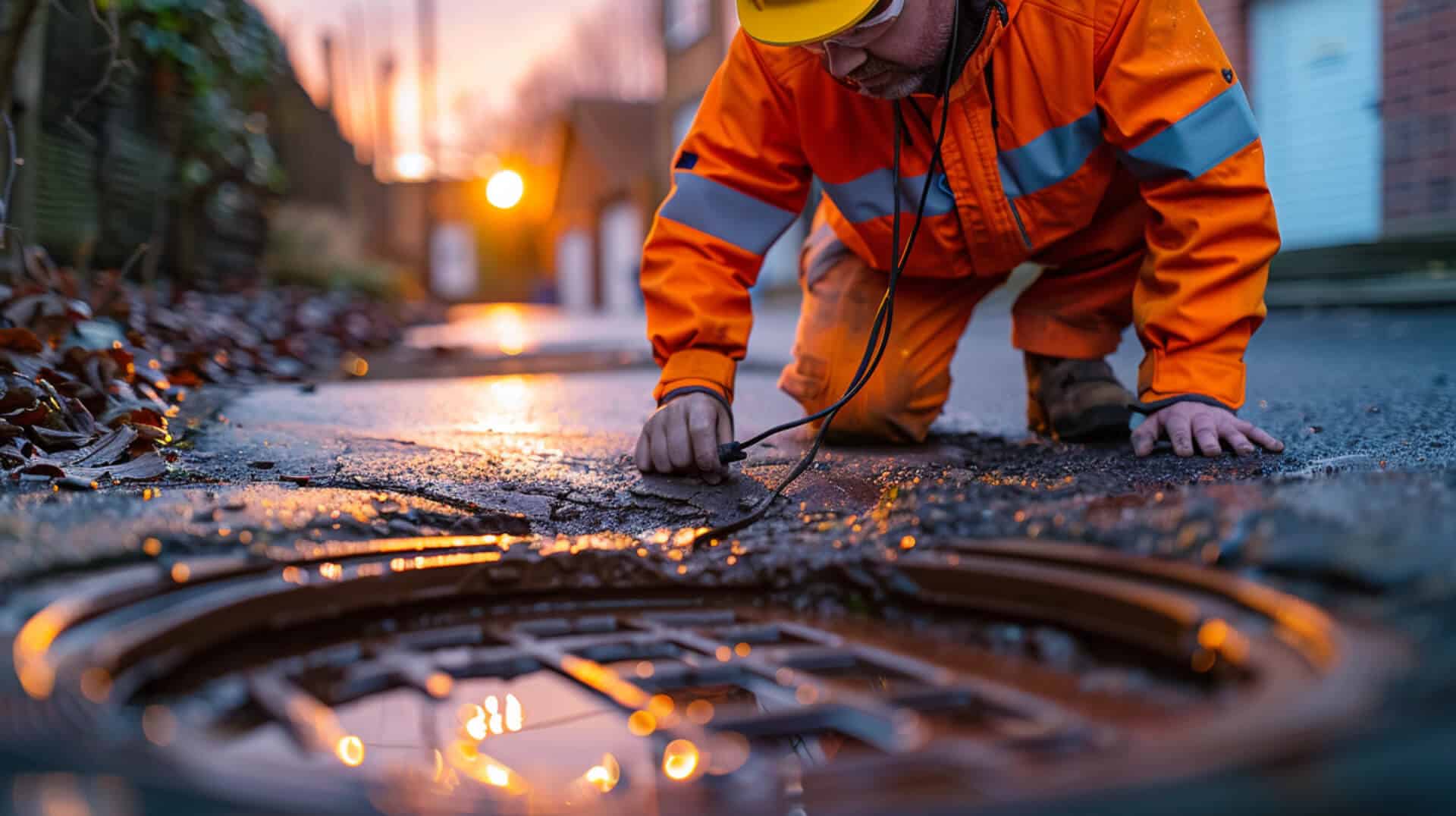
Maintenance Practices to Prevent Future Blockages
Implementing effective maintenance practices is essential for preventing future blockages caused by children’s bath toys. This section outlines regular cleaning practices, proper waste disposal methods, seasonal maintenance tips, and how property owners, business owners, and facility managers can implement these practices.
Regular Cleaning Practices
Regular cleaning practices help maintain clear drains:
- Weekly Cleaning: Clean drains weekly to remove any buildup of soap scum, hair, and other debris.
- Use of Drain Cleaners: Use mild, environmentally friendly drain cleaners to prevent clogs.
- Hot Water Flush: Pour hot water down the drain weekly to dissolve any grease or soap buildup.
Proper Waste Disposal
Proper disposal of waste is crucial for preventing blockages:
- Avoid Flushing Toys: Ensure that children’s bath toys are not flushed or placed near the drain.
- Dispose of Grease Properly: Do not pour grease or fat down the drain; instead, dispose of it in a waste container.
- Use Trash Bins: Dispose of wipes, cotton buds, and sanitary products in trash bins, not in the toilet.
Seasonal Maintenance Tips
Seasonal maintenance helps address specific challenges:
- Spring and Fall: Clean out leaves and debris from outdoor drains to prevent blockages.
- Winter: Insulate pipes to prevent freezing and ensure proper flow.
- Summer: Check for any signs of blockages caused by increased water usage.
Implementation by Property Owners, Business Owners, and Facility Managers
Property owners, business owners, and facility managers can implement these practices effectively:
- Schedule Regular Inspections: Conduct regular inspections of the plumbing system to identify and address potential issues early.
- Educate Occupants: Inform residents, employees, and tenants about proper waste disposal and maintenance practices.
- Hire Professional Services: Engage professional plumbing services for regular maintenance and inspections to ensure the system remains in optimal condition.
By following these maintenance practices, property owners, business owners, and facility managers can prevent future blockages and maintain a functional plumbing system.
Key Takeaways from This Guide
Understanding the common causes of blocked drains, particularly those caused by children’s bath toys, is essential for maintaining a functional plumbing system. This guide has provided comprehensive information on identifying, preventing, and addressing blockages.
Ensuring Drains Remain Clear
Property owners, business owners, and facility managers can take several steps to ensure their drains remain clear:
- Regular Inspections: Conduct routine inspections to identify potential blockages early.
- Proper Waste Disposal: Educate occupants on proper disposal methods to prevent toys and other debris from entering the drain.
- Use of Drain Covers: Instal drain covers to catch toys and other objects before they enter the plumbing system.
- Scheduled Maintenance: Engage professional services for regular maintenance and cleaning of the plumbing system.
Benefits of Proactive Maintenance and Education
Proactive maintenance and education offer several benefits:
- Prevention of Blockages: Regular maintenance helps prevent blockages from occurring.
- Cost Savings: Preventing blockages reduces the need for costly repairs and replacements.
- Health and Safety: Maintaining clear drains prevents health hazards associated with standing water and sewage backflow.
- Longevity of Plumbing System: Regular care extends the lifespan of the plumbing system.
Staying Informed About Best Practices
Staying informed about best practices for drain maintenance is crucial:
- Educational Resources: Utilise resources such as guides, articles, and videos to stay updated on maintenance techniques.
- Professional Advice: Seek advice from professional plumbers on the latest tools and methods for maintaining clear drains.
- Community Programmes: Participate in community programmes and workshops that focus on plumbing maintenance and safety.
By following these guidelines, property owners, business owners, and facility managers can effectively manage and prevent blockages caused by children’s bath toys, ensuring a safe and efficient plumbing system.
